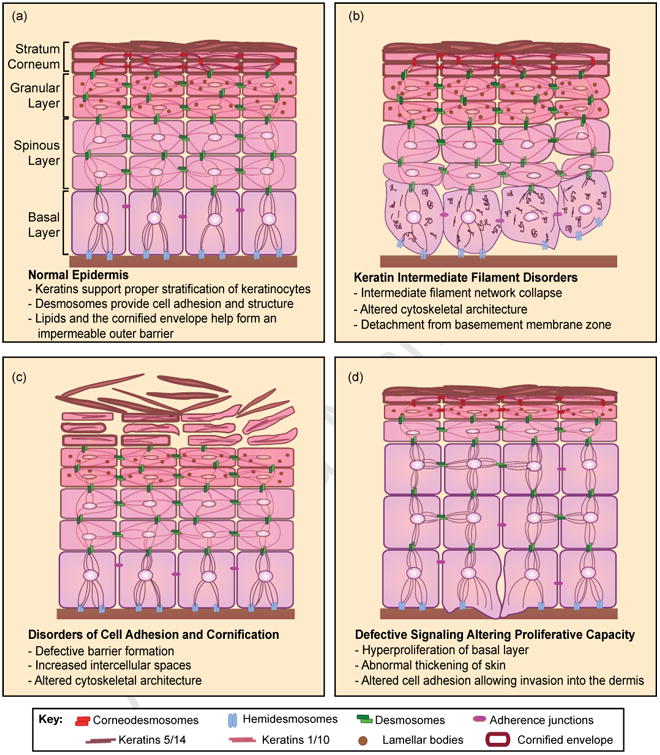Figure 1. Epidermal differentiation and overview of disorders affecting differentiation.

(a) Keratinocytes undergo a process of terminal differentiation involving stratification, which consists of the upward migration of keratinocytes from the basal layer containing progenitor cells into the spinous and granular layers; here, lamellar bodies provide the materials for formation of the impermeable epidermal barrier. (b) Mutations in keratin intermediate filaments 5 and 14 result in detachment from the basement membrane with disruption of the keratin intermediate filament network resulting in altered cytoskeletal architecture. (c) Mutations in components necessary for cell adhesion, such as corneodesmosome mutations exemplified here, result in increased intercellular spaces due to lack of cell-cell contact; mutations affecting this process of cornification result in defective barrier formation and dry, scaly skin. (d) Altered cell signaling can result in defective differentiation with increased proliferative capacity of basal progenitor cells, loss of cell adhesion, and the potential to become invasive squamous cell carcinoma.
